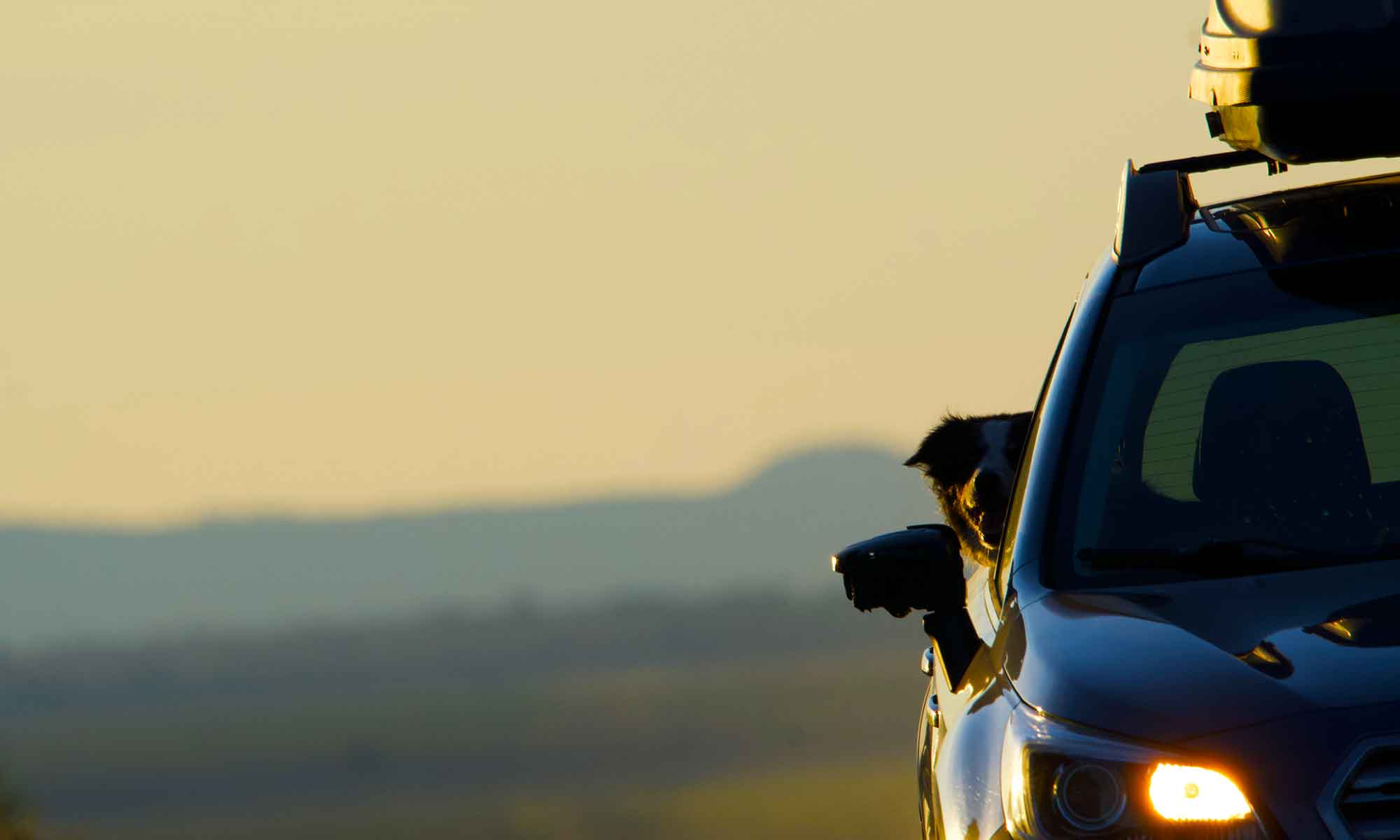 I wonder if anyone remembers when getting lost didn’t involve losing cell coverage? The smart phone has become more than a communication link, it is also a navigation tool. How easy is it to just email the directions for Google and have turn by turn navigation to nearly anywhere?
I wonder if anyone remembers when getting lost didn’t involve losing cell coverage? The smart phone has become more than a communication link, it is also a navigation tool. How easy is it to just email the directions for Google and have turn by turn navigation to nearly anywhere?
The trouble with this method of way-finding is a matter of screen size, well, and the need for a cell connection. We are rarely on the road without at least one paper map. Free highway maps from AAA are standard, as is a USFS Forest map. And when there’s a hike or off road we also have the USGS Quad handy.
We love maps and have quite the collection. Paper maps offer big picture views that don’t exist on a phone screen, don’t require cell reception, and can hold pencil marks and sticky notes from past adventures.
 Recently we added a handheld GPS to this navigation tool set and have been enjoying the planning process even more. With any GPS system you can track or set waypoints, making getting to a spot really easy. All of these resources together have made it easy to plot an escape.
Recently we added a handheld GPS to this navigation tool set and have been enjoying the planning process even more. With any GPS system you can track or set waypoints, making getting to a spot really easy. All of these resources together have made it easy to plot an escape.
If you want more info, this is a list of the apps and web sites we use regularly:
Gaia GPS – online and app to plan routes
REI’s National Parks – An iPhone app with guide info to national parks
Hiking Project – find and keep track of trails and hikes
Outlay – Nice resource for dispersal camping and you can get a free one year sub right now, this is also an iPhone app, but there is a web component
USFS Forest info – online maps and info about any national forest, we still get specific forest maps but this is a great resource for planning out of state trips
Rec Gov – Bookmark this link, it’s the place to make camp reservations
Garmin Basecamp – Specifically aimed at Garmin GPS devices, this is a cool piece of software to map out routes for uploading to or saving from your GPS.
 Been there and got the hat.
Been there and got the hat.




 Some of my more memorable fishing experiences involved the Gallatin River, but that was nearly 50 years ago. When you put it like that, I feel quite old.
Some of my more memorable fishing experiences involved the Gallatin River, but that was nearly 50 years ago. When you put it like that, I feel quite old.






 Bruneau Dunes State Park is on the edge of the Snake River plain. It is an area created fourteen thousand years ago when Lake Missoula’s ice dam breached and the Bonneville flood reshaped the landscape of Idaho, as well as eastern Washington and Oregon … the end of the ice age.
Bruneau Dunes State Park is on the edge of the Snake River plain. It is an area created fourteen thousand years ago when Lake Missoula’s ice dam breached and the Bonneville flood reshaped the landscape of Idaho, as well as eastern Washington and Oregon … the end of the ice age.

 We did get to use Tip’s new ‘swamp cooler’ jacket. I know it seems counterintuitive to put a jacket on an already hot pet, but when this is soaked with cold water evaporation brings a natural air conditioner to Tip’s back.
We did get to use Tip’s new ‘swamp cooler’ jacket. I know it seems counterintuitive to put a jacket on an already hot pet, but when this is soaked with cold water evaporation brings a natural air conditioner to Tip’s back.







 I wonder if anyone remembers when getting lost didn’t involve losing cell coverage? The smart phone has become more than a communication link, it is also a navigation tool. How easy is it to just email the directions for Google and have turn by turn navigation to nearly anywhere?
I wonder if anyone remembers when getting lost didn’t involve losing cell coverage? The smart phone has become more than a communication link, it is also a navigation tool. How easy is it to just email the directions for Google and have turn by turn navigation to nearly anywhere?



 Recently we added a handheld GPS to this navigation tool set and have been enjoying the planning process even more. With any GPS system you can track or set waypoints, making getting to a spot really easy. All of these resources together have made it easy to plot an escape.
Recently we added a handheld GPS to this navigation tool set and have been enjoying the planning process even more. With any GPS system you can track or set waypoints, making getting to a spot really easy. All of these resources together have made it easy to plot an escape.